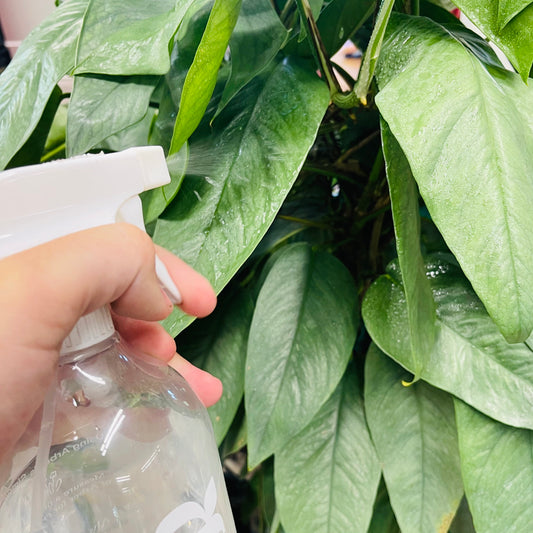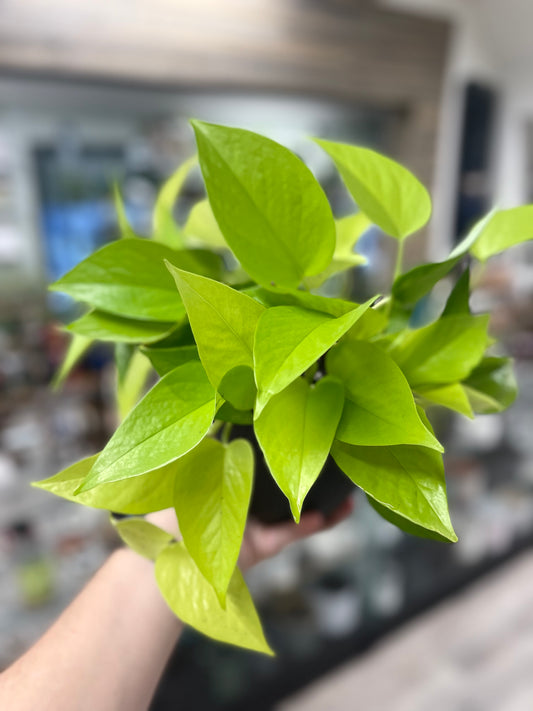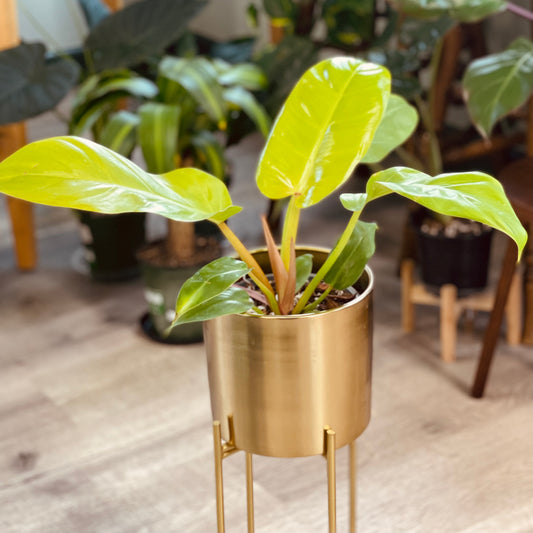Whiteflies are a common houseplant pest that can cause significant damage to your indoor plants if left untreated. Scientifically known as Aleyrodidae, whiteflies are small, winged insects that measure just 2-3 millimeters in length. They have a white, powdery appearance and are known to congregate on the undersides of leaves. Whiteflies feed on the sap of plants, which can cause leaf yellowing, wilting, and even plant death if left unchecked.

How To Detect: Whiteflies are often difficult to detect until an infestation has become well-established. However, there are a few signs to look for that may indicate a whitefly infestation. One of the most obvious signs is the presence of small, white, powdery insects on the undersides of leaves. If you notice your plant's leaves turning yellow or wilting, it may also be a sign of whitefly damage. Other symptoms include leaf curling, sticky honeydew residue, and an increase in ants in the area.

How To Treat: There are a few different options for treating a whitefly infestation in your houseplant. Organic options include using insecticidal soap or neem oil to kill the insects. These products can be found at most garden centers and can be applied directly to the plant's leaves. Less invasive options include using yellow sticky traps to trap the insects or introducing beneficial insects like ladybugs or lacewings to the area. Chemical options include using pyrethrin or imidacloprid, which are both effective but can be harmful to humans and pets if not used properly.

How To Prevent: Preventing a whitefly infestation in your houseplant is the best way to protect your plants. One of the most effective ways to prevent whiteflies is to keep a close eye on new plants before bringing them inside. Be sure to inspect the undersides of leaves and the stems for any signs of whiteflies before bringing a new plant inside. Also, be sure to keep a clean and dry environment to discourage whiteflies.

Quarantine: If you suspect a whitefly infestation, it's important to quarantine the affected plant immediately. This will prevent the insects from spreading to other plants in your home. When handling the affected plant, be sure to use clean tools and avoid cross-contamination by cleaning your tools with rubbing alcohol or soap and water before using them on other plants. It is also important to keep a watchful eye on the plant in quarantine for at least a few weeks before introducing it to other plants.




![Dracaena marginata (16" Plastic Pot) [ID #47618480]](http://zenrockford.com/cdn/shop/files/image_992491d2-6277-4893-842f-11e2983f137e.jpg?v=1725732294&width=533)
![Philodendron Florida Bronze (10" Nursery Pot) [ID #29432345]](http://zenrockford.com/cdn/shop/files/image_a67d0fb6-348e-4829-a7eb-64ce015a3b39.jpg?v=1725643115&width=533)
![Aglaonema Manilla's Pride (3" Plastic Pot) [ID #33051624]](http://zenrockford.com/cdn/shop/files/image_1fb45f38-7b6b-412c-aa29-ed2df326d106.jpg?v=1753291075&width=533)
![Scindapsus Silver Lady (8" Clay Pot w/ Moss Pole) [ID #47128926]](http://zenrockford.com/cdn/shop/files/image_f5c79dcd-5dd4-4ba3-9cf7-f49da779e5ea.jpg?v=1726510803&width=533)